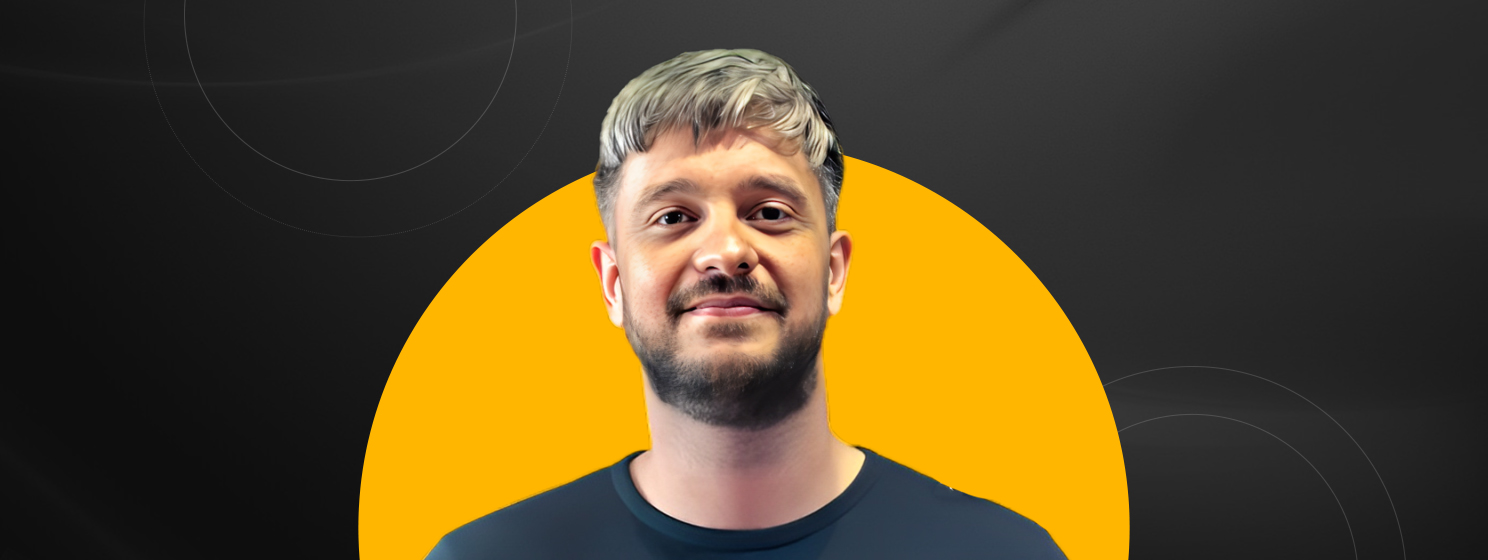
|
Getting your Trinity Audio player ready... |
The success of a product comes down to its adoption among the masses. The more people who use your product, the more successful it will be. It’s simple enough but in the Bitcoin space, there has been a shortage of developers creating products with regular people in mind.
I like to think I’m a little tech savvier than the average person. Still, I’ve played with some “ground-breaking” wallets and apps that I’ve had to put aside because the benefits supposedly derived from the app weren’t worth the frustrations learning the app caused.
To take it to the next level, I imagine explaining this to my less tech-savvy friends or rather my mother. It would mean days of follow up calls, frustrations and irreparable cracks in the foundations of our relationships.
How HandCash is making BSV onboarding more family-friendly
That brings me to HandCash, as most of you reading will already know, it’s minimized the learning curve and made the Bitcoin SV onboarding process far more family-friendly.
I spoke with Alex Agut to discuss their focus on the user experience and some other topics and advice for fledgling entrepreneurs looking to make their mark in the Bitcoin space.
Agut has been an entrepreneur since starting his first businesses in his early 20s. He started a burger restaurant and a design studio, which both started well, but the initial success didn’t last. Both ventures went out of business within a year, leaving Agut with significant debts and learning experiences that would pay for themselves eventually.
Agut told me, “Never half-ass two things, whole ass one thing, and if you only pay peanuts, you only get monkeys. Focus is vital to your business. You must stand for something to avoid spreading yourself too thin.”
He first flirted with BTC in 2012, a little while after that, the decision to build on Bitcoin. Agut and his HandCash partner Rafael Jimenez started a product called Jobbie – Services between neighbours—but the limited BTC ecosystem made it too complicated to integrate in a user-friendly way.
The problem with the ‘king of category’
A couple of years later, while working for Accenture in Madrid, Agut and Jimenez were ready to take another leap into Bitcoin.
We really missed the frenetic and thrilling rhythm of a start-up, so we started looking into making a Bitcoin app for the rest of us.
But the onerous BTC ecosystem forced their hand once again. “The first working prototype of HandCash was running on BTC. Marketing and branding are something we both take very seriously. We just defaulted to the ‘king of the category,’ but it was so freaking bad that we started looking for better networks.
“We didn’t care that much as we planned to “hide the bitcoininess” for regular people. Litecoin, Bitcoin Cash, Dash and Nano were our finalists, but ultimately Bitcoin Cash made the most sense, and at the time, it was still a pretty ok-ish brand.
“After the hashwars, the move to Bitcoin SV was obvious. It had a clear vision of where it wanted to go. It took miners into account. It understood businesses like ours want to focus on their value proposition instead of continuously changing their infrastructure just so some random open source developers can toy around with the network to feed their egos.”
HandCash’s advantage is its easy-to-use user interface. It’s easy to understand, and it limits the learning curve for those who have no previous Bitcoin experience, thus solving a problem Agut points to as an issue with most Bitcoin apps.
“We liked the idea of Bitcoin, but all the products we tried were awful, and I mean really awful. We thought it would be easy to build something cool, given our experience with other user-friendly apps that provided experiences people loved.
“There was a time we could define the project in a single sentence, you could define Bitcoin as electronic cash, but it didn’t feel like cash at all. It became more like a complicated bank account exclusive to developers.
“Offering a great user experience was our main goal since day one, it was the whole point of starting this project. I think the key is knowing who we are, what we stand for and focusing on what really moves the needle for us—and Bitcoin as a side effect.”
Offering some words of advice to other app developers looking to build in the Bitcoin space, Agut suggests they find a real problem and consider whether Bitcoin is the solution. Rather than doing it the other way around, he said, “It’s like choosing a hammer first and then trying to chop down a tree—if the goal were to chop down a tree, maybe you would be better off with an axe.”
“Then once you find the pain point or the value proposition, focus on it and just lay down the necessary actions your user will perform.
“Don’t use jargon or brag about how many features you have—nobody cares. Just solve the issue in the most direct way possible, provide value and make your users happy.”
Good user experience is not rocket science, basically, get rid of everything non-essential.
Why HandCash is a story of success
HandCash has not only been a success with the end-users but also the companies investing in the space.
In 2018, nChain purchased a majority share in the company, but unlike most companies, Agut and Jimenez didn’t go looking for the investment. “To be honest it was investors that came to us. We had full-time jobs while developing (HandCash) and, after what happened with our previous start-up, we didn’t want to leave our jobs unless we could pay our bills. Luckily the deal with nChain worked out so we could focus all our efforts into this exciting adventure.
In regards to others who may not have investors knocking down their door, Agut said, “In my view, there are three keys to obtaining investment:
1) Frame your company around a strong value proposition that can be summarized in one short sentence.
2) Don’t reinvent the wheel with business models; stick to what works.
3) Have a working prototype or go ahead and launch the product.
“Some prefer to bootstrap their venture, and I applaud them, but in our case, we couldn’t afford to miss this short window of opportunity that Bitcoin has right now.
“Competent engineers who are working full-time want to feed their families and pay their rent. We can’t blame them. We’d rather have a small portion of something big than a significant piece of something little. Our goal is to build something meaningful; the money will follow.”
Being first to a project means you face a few more challenges compared to other established industries. Agut shares his insights about the benefits and challenges of building on Bitcoin SV, “The other day a phrase came to my mind people often use in other industries—We stand on the shoulders of giants—I realized that’s not the case in Bitcoin.”
“Except for Craig Wright inventing the thing and Ryan X Charles, (Steve) Shadders and a few others writing libraries, it’s been a pain in the ass having to build everything from scratch. After ten years, there was no infrastructure we could use.
“We had to build a $handle system, figure out how to make backups almost invisible, smart UTXO handling.”
“Thankfully it made us realize developers need a robust and ready-made backbone that they can plug and play into their apps. Then they don’t have to go through what we went through. We have something coming called HandCash Connect, but we will talk more about that soon.”
With the well documented and much-publicized problems on other projects, Agut speculated on what it would take them to switch ecosystems to Bitcoin SV: “I am not very familiar with Ethereum developers. I don’t have any close friends who develop on ETH, but I bet they want to build apps and services people want to use and pay for.
“Making Bitcoin SV visibly more profitable could help, although to be honest, I think at this point most of them are just too invested into their cult to still have a critical mind, but that’s their loss.”
HandCash is a well-documented early success of the Bitcoin SV ecosystem, but how does Agut define success for HandCash. How does he determine it for himself, “We would consider HandCash successful if we can manage to make Bitcoin-based products appealing for businesses and people all over the world.”
“Success for myself, I want to be able to say that I helped lead this wonderful team with passion and vision and that I trusted them to make the right calls, and I was humble enough to feel proud of having them around.”
Watch all Pitch Day videos on The BSV Pitch YouTube playlist and learn from the people who pitched their projects during the first ever Bitcoin Association Pitch Day.

 11-21-2024
11-21-2024


